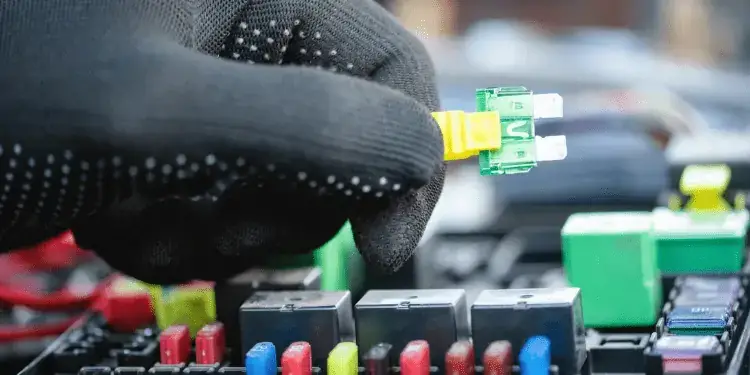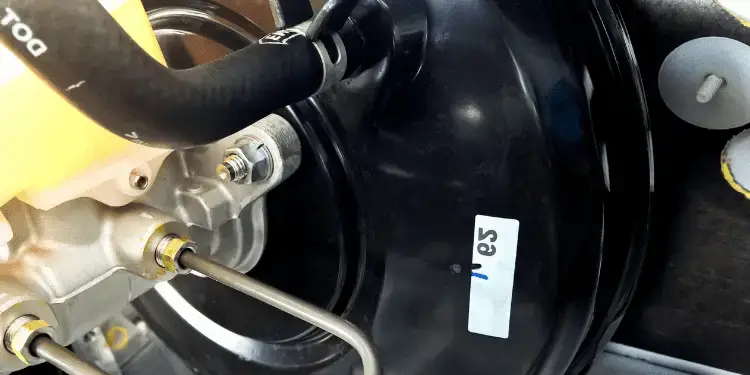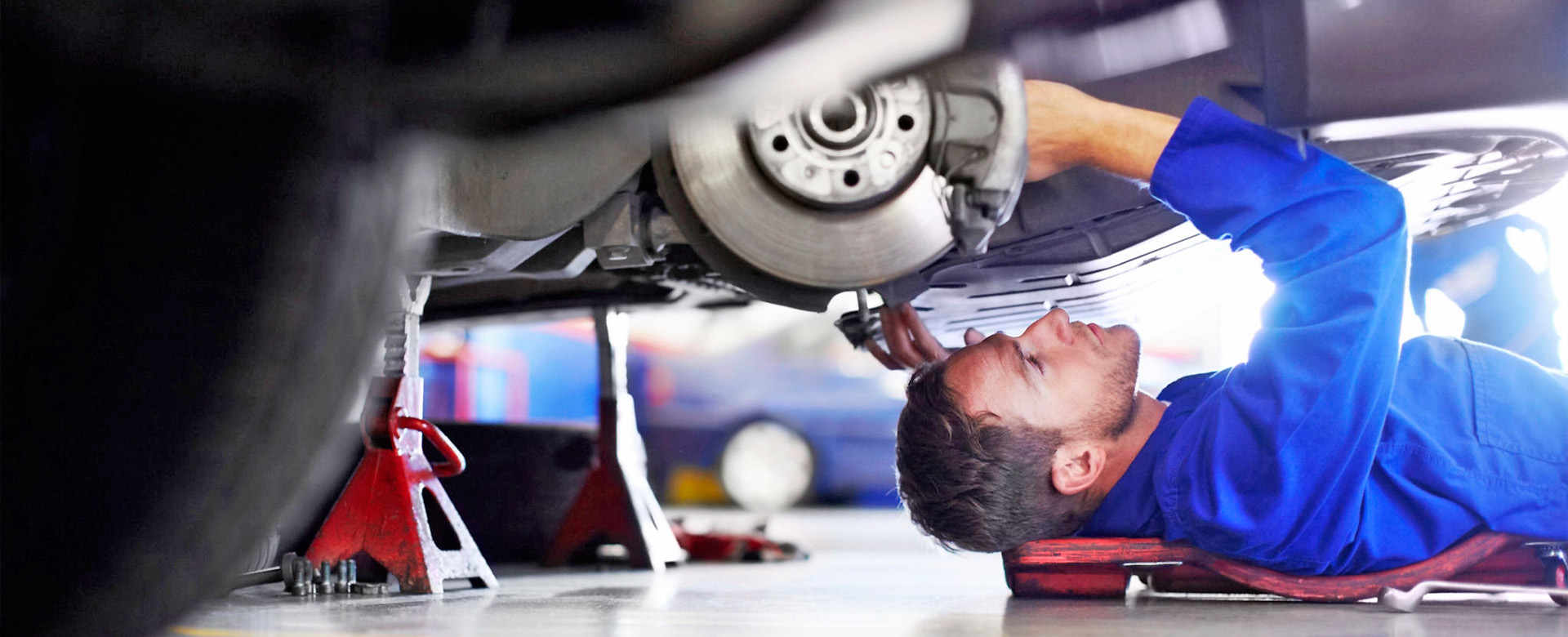It’s annoying when your car doesn’t start. However, it can be very confusing when the brake pedal is also hard. How can the two things be related?
In this article, we’ll cover the reasons why the pedal becomes stiff and later on explore the fixes to release the brake pedal and get your car started.
At the end of the article, we’ll cover the cost of repair too.
There are many things that could cause a car to not start and the brake pedal to feel hard or stiff.
The causes are the brake pedal is not being pressed far enough to engage the brake light switch, the brake light switch is bad, the battery is dead or low, the neutral safety switch is bad, bad starter, blown fuse, a broken or corroded wire, vacuum leak, or a bad brake booster.
Some of these are relatively easy to diagnose while some will require a mechanic with specialized tools. For some tips on how to fix the problem, continue reading.
Possible Causes And Fix
Brake Light Switch
If the brake lights don’t come on when pressing the brake pedal, that could be a sign that the brake light switch is bad. The brake light switch not only turns the brake lights on but also sends a signal to the car’s computer to let it know the brake pedal is being pushed.
If the computer does not receive this signal, either because the brake pedal isn’t being pressed hard enough or because the brake light switch is bad, the car won’t start.
Bad Battery
The battery is another possible cause of this problem. When the car is off, the battery voltage should be around 12.5 volts. If the voltage is lower than that, it may provide enough power for the dash lights and other electronics such as the radio and door locks to work but not enough for the car to start. Check the battery voltage with a multimeter. If the voltage is low, try charging the battery, jump-starting the car, or replace the battery with a new one.

Neutral Safety Switch
The neutral safety switch is a sensor that tells the car’s computer what gear the shifter is in. Its purpose is to allow the car to only start in park or neutral. If the neutral safety switch is bad the car may not start. To test it, try moving the shifter to different positions while trying to start the car. If the car starts while moving the shifter, the neutral safety switch is probably bad and will need to be replaced.
Blown Fuses
A missing or blown fuse would also keep a car from starting. Check the fuse box for missing fuses. To tell if a fuse is blown, pull them out one at a time, and look at the connection between the two terminals. If the connection is broken, the fuse is bad.

Replace any missing or blown fuses and try again to start the car. Also, check the car’s wiring for corrosion or damage. Make sure battery cables are tight on the battery terminals. If any issues are found with the wiring, that could be preventing power from getting to a component and allowing the car to start.
Brake Vacuum Booster
A hard brake pedal could be caused by a vacuum leak or a bad brake booster.
Because the brakes are vacuum-assisted, and vacuum is only generated when the engine is running, it is normal for the brakes to feel hard when the car is off. If the brake pedal continues to feel hard after the car is running, a mechanic will need to check for a vacuum leak and test the brake booster to find the cause.

Vacuum is generated when the engine is running. If you press on the brake pedal a few times with the engine off, the brake pedal will quickly begin to feel hard, which will make it harder to press the brake pedal far enough to trigger the brake light switch. Try pressing the brake pedal hard enough for the brake lights to come on.
Bad Ignition Switch
A hard brake pedal may not be the first symptom that the ignition switch is bad. Other earlier symptoms are the car stalls. If your car has keyless ignition you can discard this as a possible cause.
Bad Starter
If your car is clicking when you turn the key and the brake is hard the starter motor is likely the cause. This may not be the first symptom. It’s likely that the car has had difficulty starting in the past before the starter motor ‘catches’ and fires the engine.
Signs of a Bad Starter – All 8 In Detail
How Much Will It Cost To Repair?
With so many possible causes of a car not starting and the brake pedal being hard, there is a wide range for what it will cost to repair the problem. If it’s just a bad fuse, it could cost as little as a few dollars.
If the battery needs to be replaced, it could cost $100-$200 for a new one. If the brake light switch, neutral safety switch, ignition switch, starter, or brake booster need to be replaced, those would most likely need to be fixed by a car shop.
Replacing fuses is a cheap fix. Concentrate on checking the starter fix. Make sure you have the correct amp rating. Each make of car will specify what is needed. Generally, the amp rating will be 125 amp or above. The fuse may not be in the fuse box but be ‘inline’ between the fuse box and the starter.
A brake vacuum booster is an expensive fix. Expect to pay between $150 and $300 for the part and another $200 for labor. The total cost is between $350 and $500.
A bad starter motor replacement will cost between $60 and $150 for the part alone. Labor costs vary between $100 and $175. In total, expect to pay between $160 and $325.
A replacement ignition switch cost varies a lot. Some carmakers have their switches as part of the lock assembly while others are free-standing and easier and cheaper to replace.
At the cheaper end, the part will cost between $50 and $100 and labor will be an additional $75 to $100. For more expensive assemblies containing the lock the part cost increases to between $75 and $125. Labor costs will not increase much, however.
In general, The total cost of replacing a neutral safety switch is anywhere from $100 to $140. The parts cost will be around $40 while the labor costs will be between $60 and $100.













